Frequently Asked Questions
1. What are EDC knives?
2. What is the importance of steel composition in EDC knives?
3. What are the different types of steel used in EDC knives?
4. How does heat treatment affect the performance of EDC knives?
5. What factors should be considered when choosing the right steel for an EDC knife?
The world of EDC knives, or Everyday Carry knives, is not just about aesthetics; it's fundamentally about functionality and durability. One of the most critical factors influencing both is the material used to craft these knives. Steel is undeniably the backbone of any pocket knife and making an informed choice can significantly impact your knife's performance, maintenance, and longevity. In this blog post, we will explore various types of steel used in EDC knives, how they affect the overall quality, and what you should consider when choosing the right one for your needs.
Understanding Steel Composition
Before diving into the specific types of steel available for EDC knives, it's important to understand what makes up different steel compositions. Steel primarily includes iron and carbon, but it can contain various alloys that enhance specific properties. Here’s a simple breakdown of the components that contribute to a knife's performance:
Carbon Content
Carbon is the main alloying element in steel, playing a crucial role in determining hardness and strength. Higher carbon content typically results in a harder, more durable blade but may make it more brittle if taken to extremes. Typical carbon content in EDC knives can range from 0.5% to over 1.5%.
Alloying Elements
- Chromium: Promotes corrosion resistance and hardness.
- Molybdenum: Enhances toughness and maintains hardness at high temperatures.
- Vanadium: Improves wear resistance and structure.
- Nickel: Adds toughness and facilitates hardening.
Types of Steel Commonly Used in EDC Knives
Now that we have a basic understanding of steel composition, let’s explore some of the popular types of steel used in the making of EDC knives, along with their pros and cons.
Stainless Steel
Stainless steel is a go-to option for many knife manufacturers due to its excellent corrosion resistance. It typically contains at least 10.5% chromium, making it resilient to moisture and rust.
- Pros: Exceptional corrosion resistance, ease of maintenance, and good edge retention.
- Cons: Generally less hard than high-carbon steels, making them more prone to edge rolling.
High Carbon Steel
High carbon steel is known for its ability to take a hard edge and maintain sharpness longer than many stainless steels. This type of steel usually has higher carbon content, making it ideal for serious knife aficionados.
- Pros: Excellent edge retention, ease of sharpening, and toughness.
- Cons: Prone to rust and corrosion if not properly cared for.
Tool Steel
Tool steel is a category of steel that has been designed specifically for manufacturing tools. It is usually harder than both high carbon and stainless steel, establishing it as a great choice for EDC knives that require cutting toughness.
- Pros: Incredible edge retention and wear resistance.
- Cons: Often more expensive and may require more meticulous maintenance.
The Role of Heat Treatment
Heat treatment is another crucial factor in determining the overall performance of EDC knives. This process involves heating and cooling the steel to enhance its properties. Here are the key processes involved:
Hardening
This process involves heating the steel to a high temperature to allow carbon atoms to dissolve and then quenching it in oil or water to trap them in place. The result is a hard and durable blade.
Tempering
Tempering follows hardening and involves reheating the blade to a lower temperature, relieving some of the stresses within the steel. This process balances hardness and ductility, making the blade less likely to crack or chip.
Edge Retention Vs. Sharpenability
When choosing steel for your EDC knife, understanding the relationship between edge retention and sharpenability is essential. While a steel type with high edge retention will stay sharp longer, it may require specialized techniques to sharpen effectively. Conversely, steels that are easier to sharpen may not hold an edge as long.
Choosing What's Right for You
Your choice in steel will depend on how you plan to use your EDC knife. Here are some considerations:
- Frequency of use: If you regularly use your knife, you might prefer high carbon or tool steel for their durability.
- Environment: For humid or coastal areas, stainless steel may be the better choice due to its corrosion resistance.
- Maintenance willingness: If you’re willing to care for your knife, high carbon steels can provide superior performance.
Other Factors to Consider
While steel type is significant, there are other essential factors you should contemplate when selecting your EDC knife:
Blade Geometry
The shape and angle of the blade impact both cutting performance and usability. Consider if you need a flat grind for slicing or a more robust design for tougher tasks.
Handle Material
The materials used in the handle are just as vital as the blade steel. Options like G-10, micarta, or even natural woods can provide different feels and functions, affecting the overall ergonomics of your knife.
The Look and Feel of Your Knife
Beyond functionality, the aesthetics of your EDC knife can enhance your experience, combining form with function. Many knife aficionados find joy in collecting aesthetically pleasing tools as much as in carrying them. Pay attention to the finish, patterns, and style; these can make your knife a more personal accessory.
Price Point
Lastly, your budget will significantly influence your choice of steel and overall knife design. While premium materials and renowned brands might command higher prices, there are plenty of high-quality options available at various price points that will offer performance without breaking the bank.
Final Thoughts: Your Steel Journey Begins Here
Choosing the right steel for your EDC knife can feel overwhelming but becomes a rewarding experience as you dive deeper into the nuances of knife-making. By understanding the composition and properties of different steels, you will be better equipped to make an informed choice tailored to your specific needs. Remember, the beauty of an EDC knife rests not just in its sharpened edge but in the experience it brings to your daily life. Embrace the journey of finding the perfect steel for your next knife adventure!


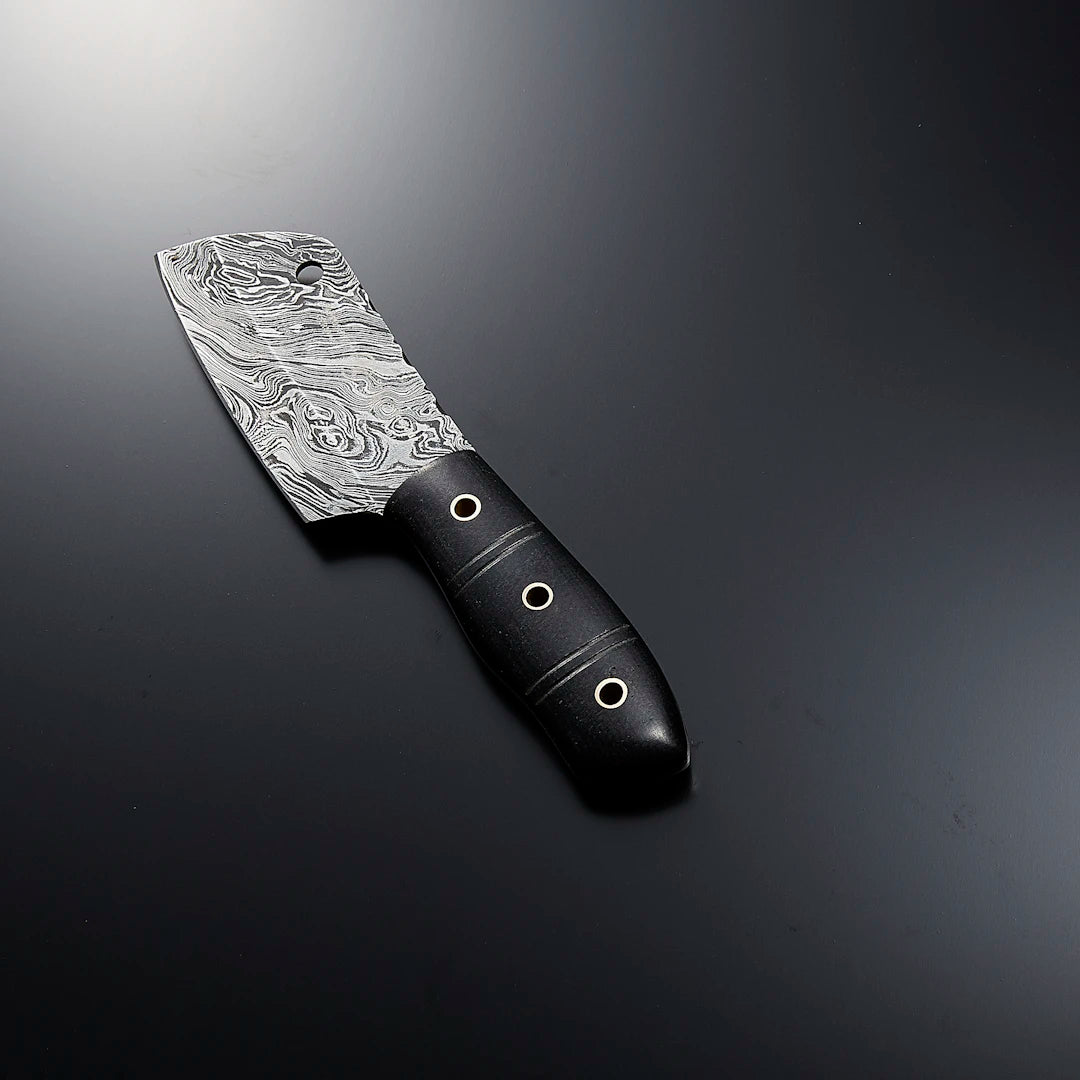
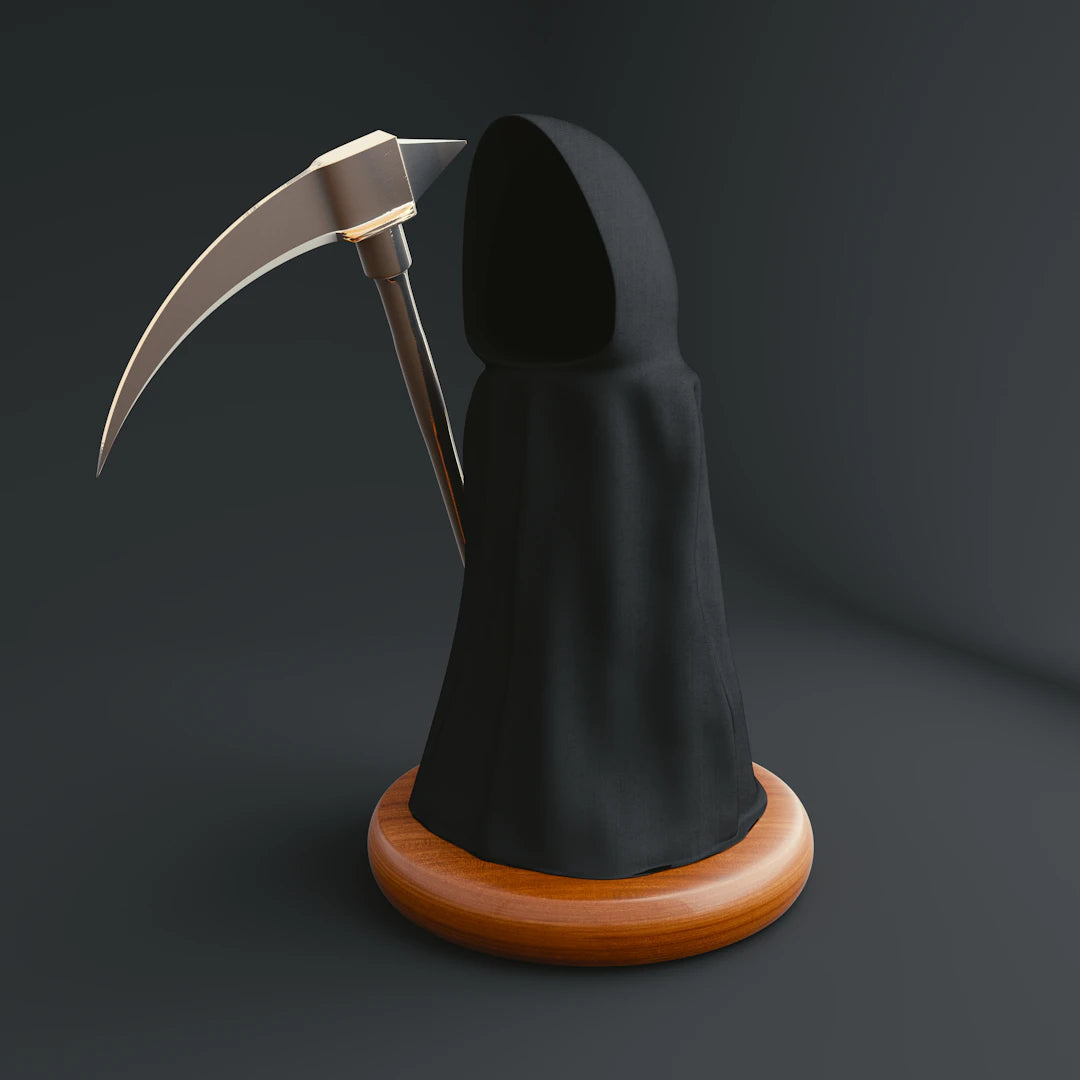
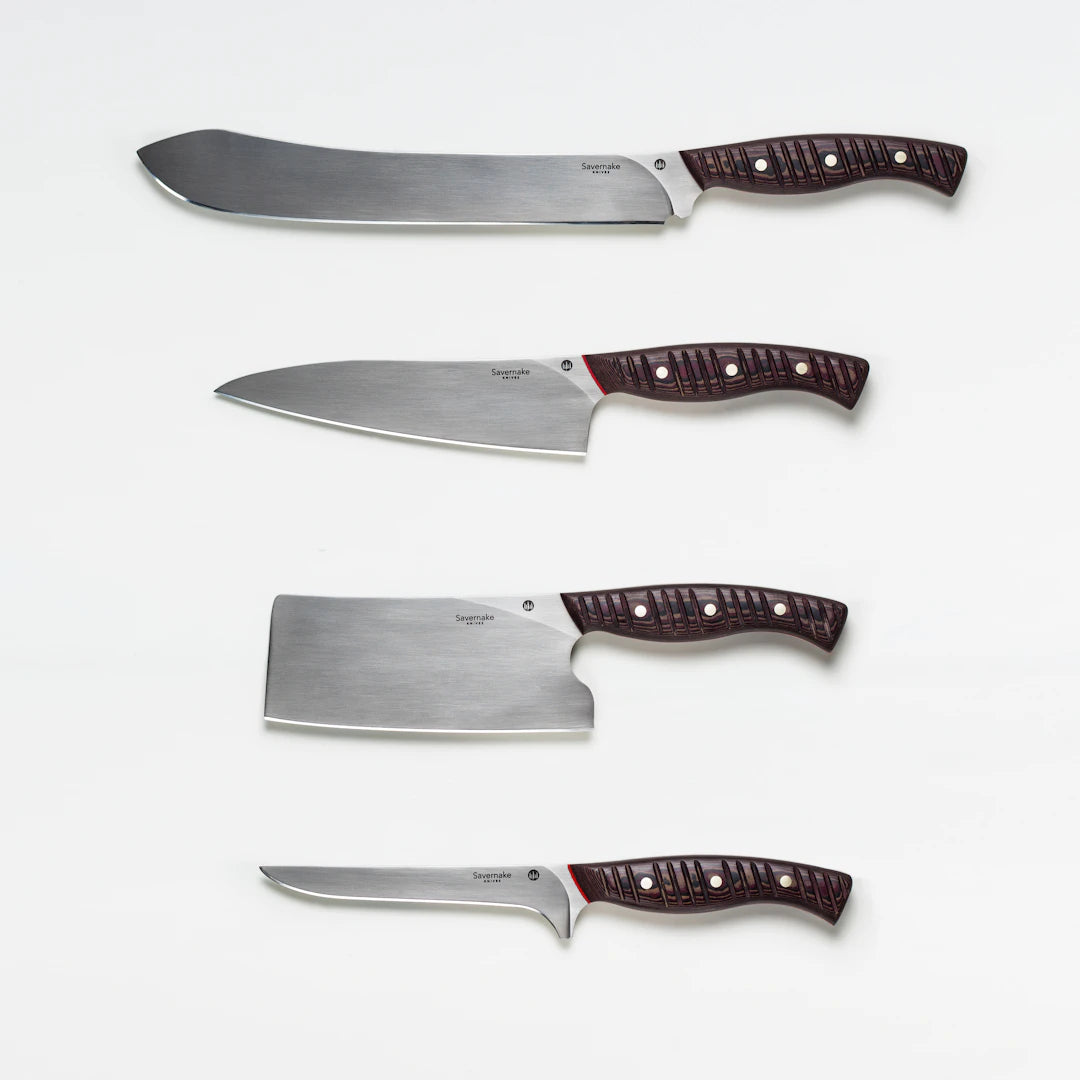
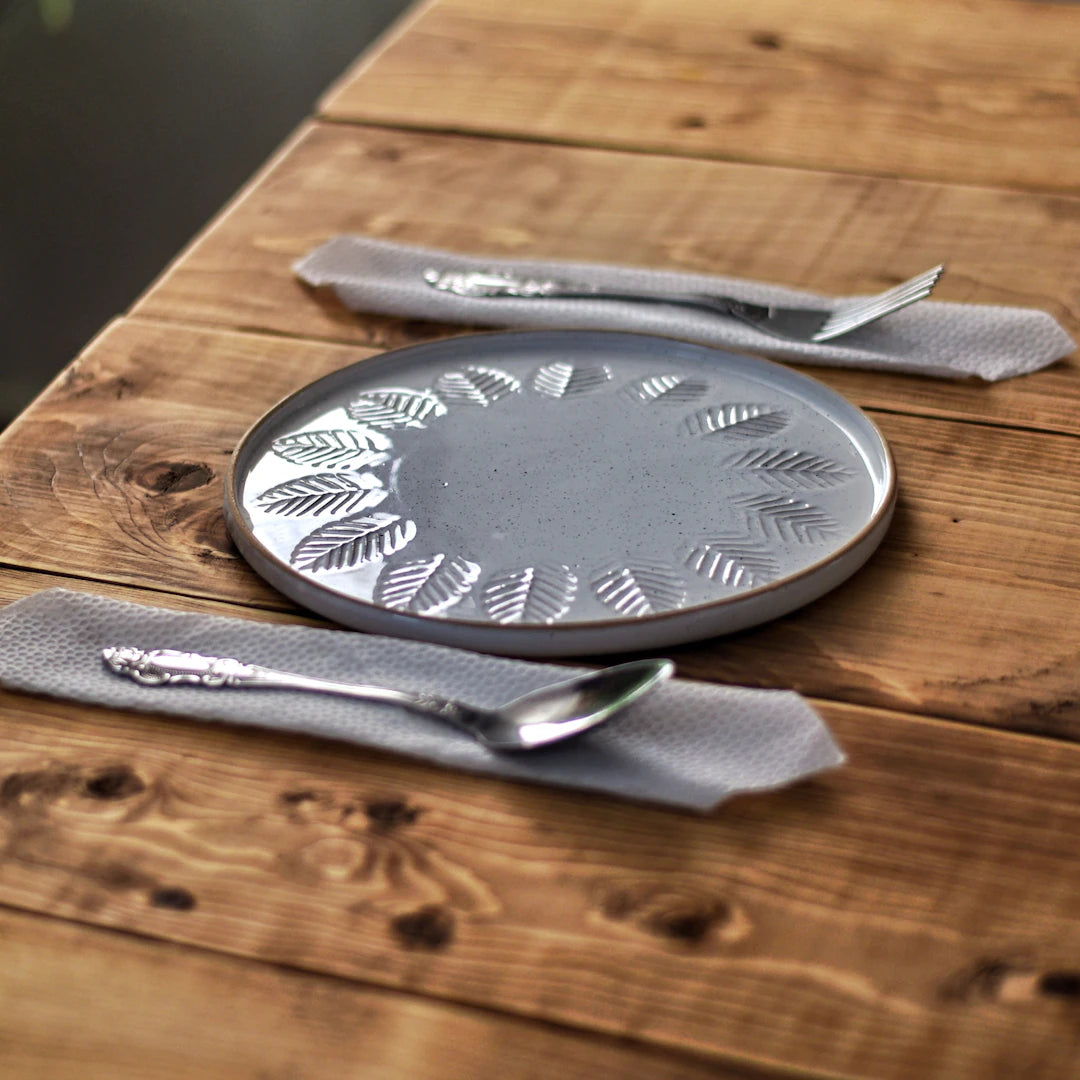

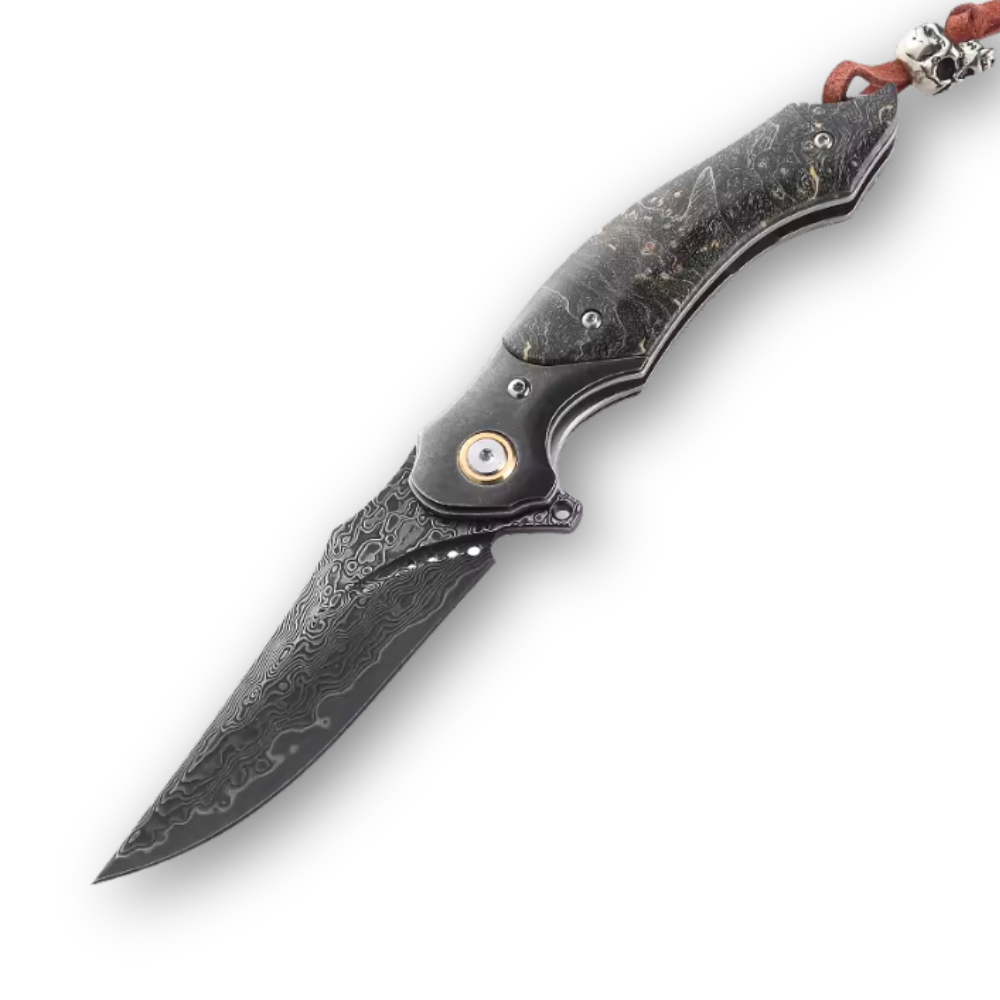
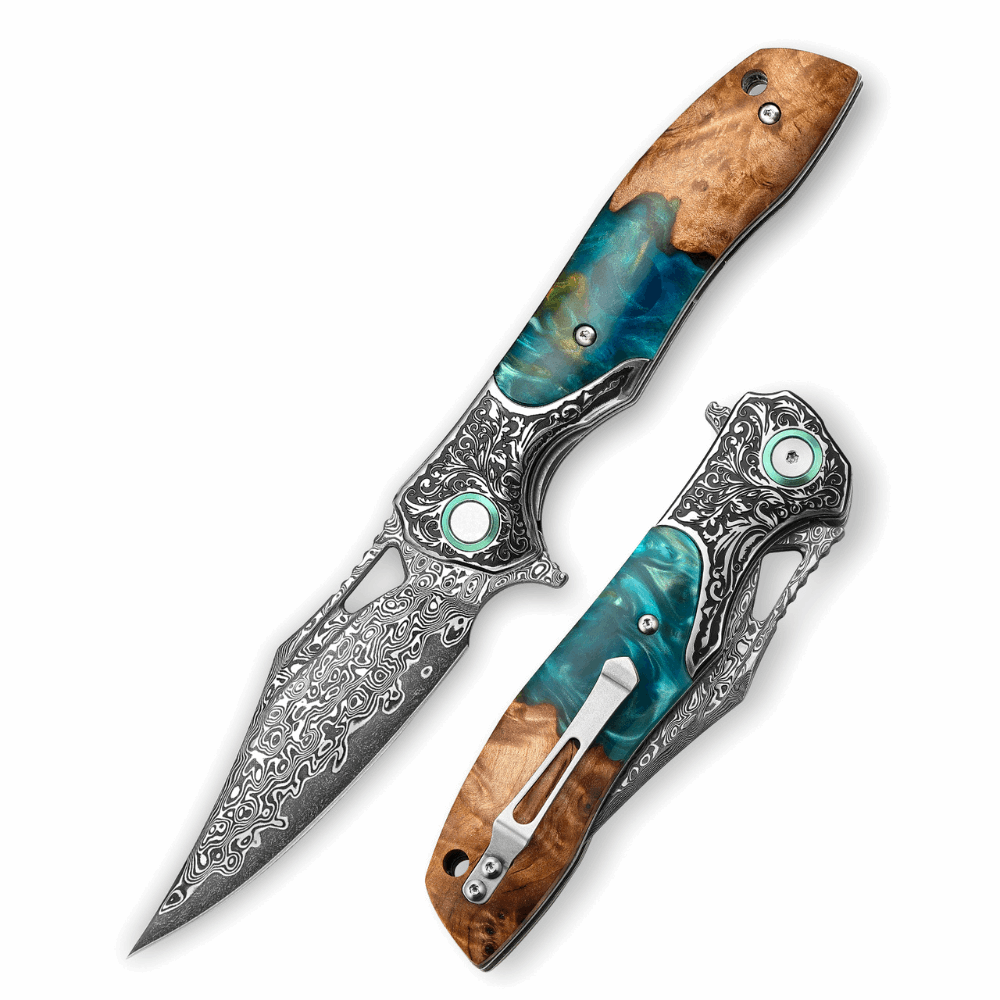
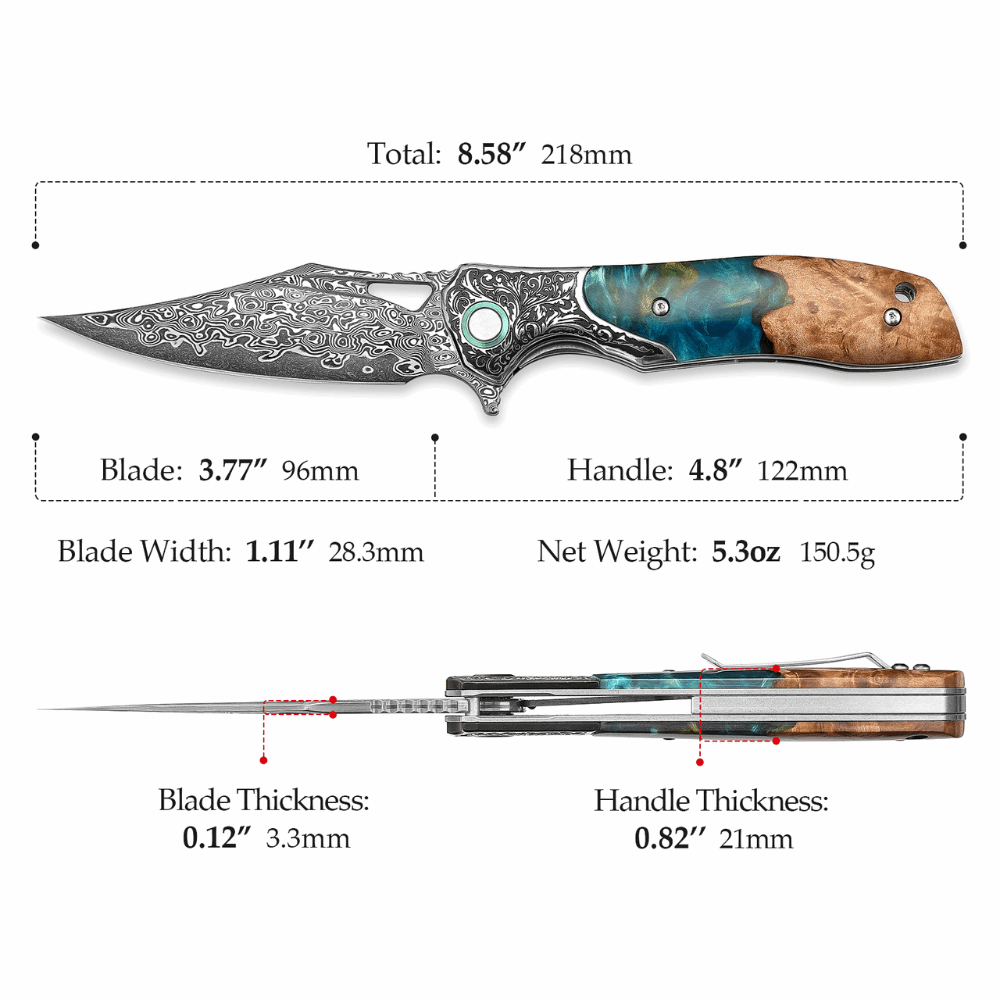
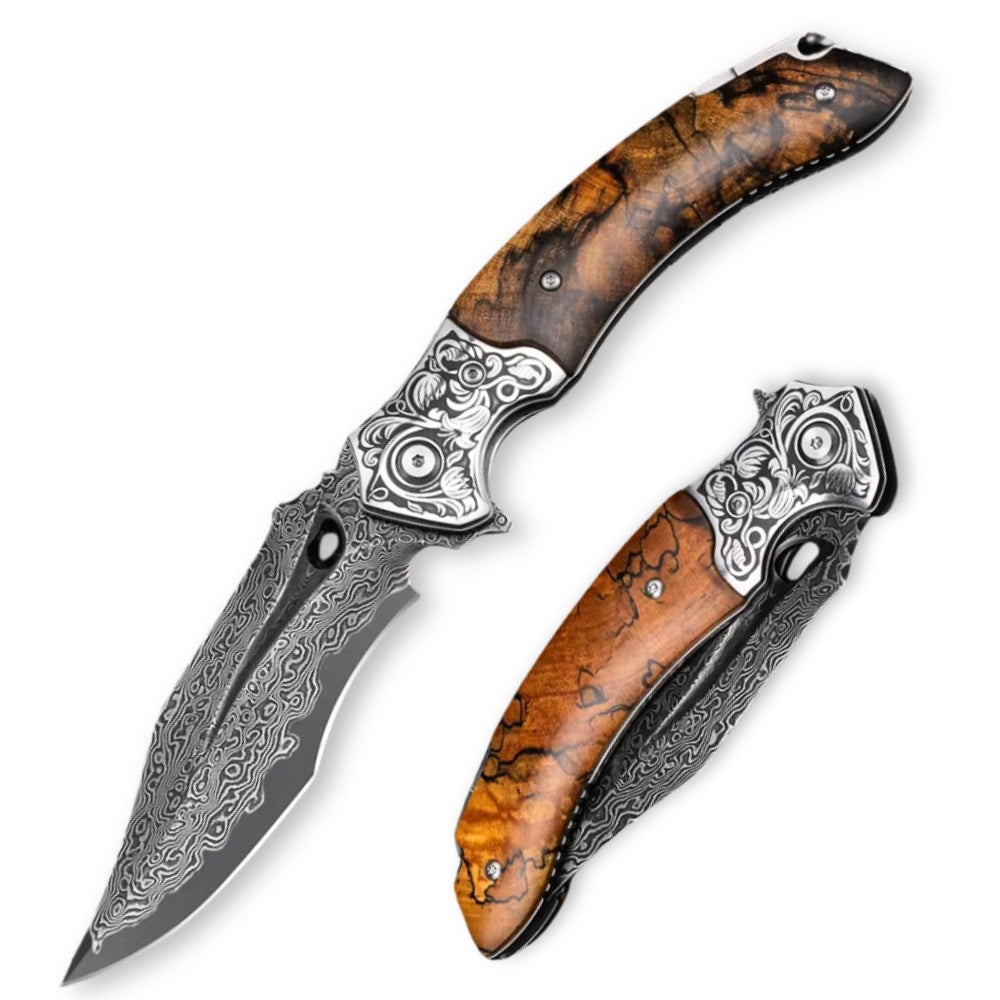
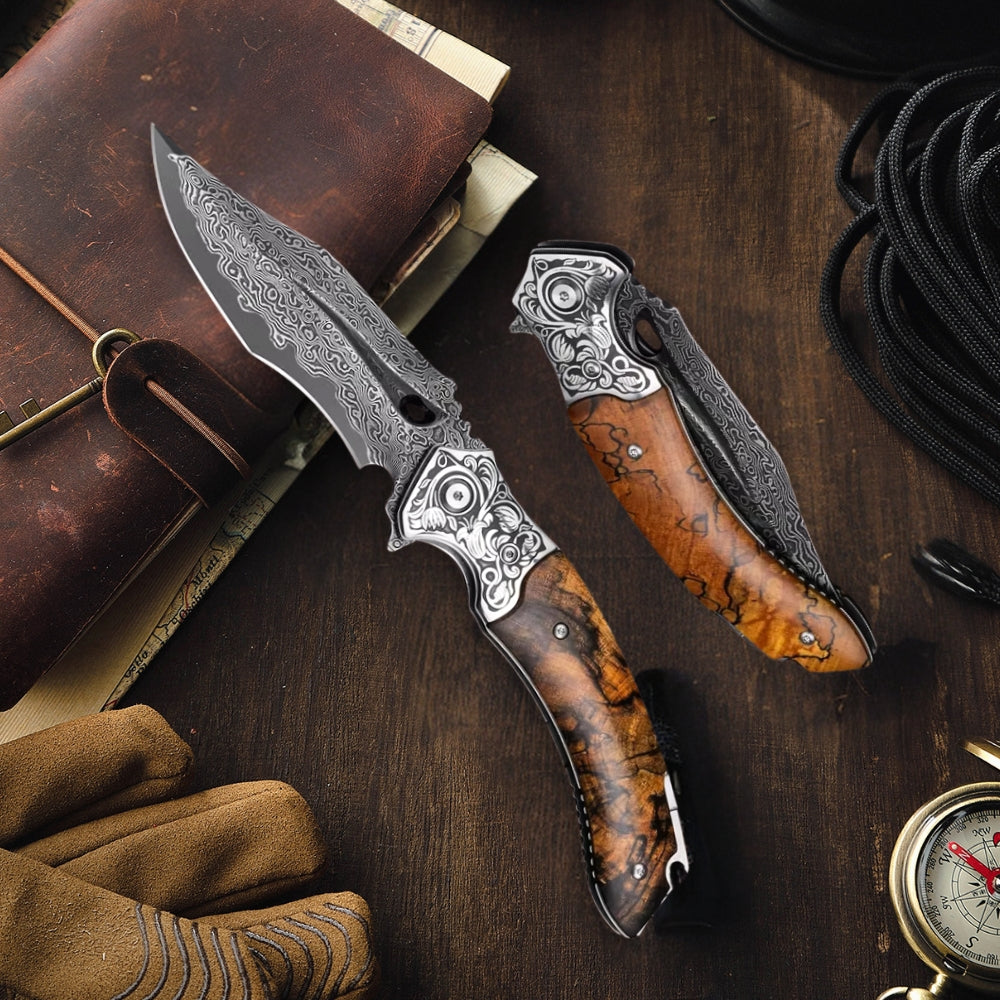
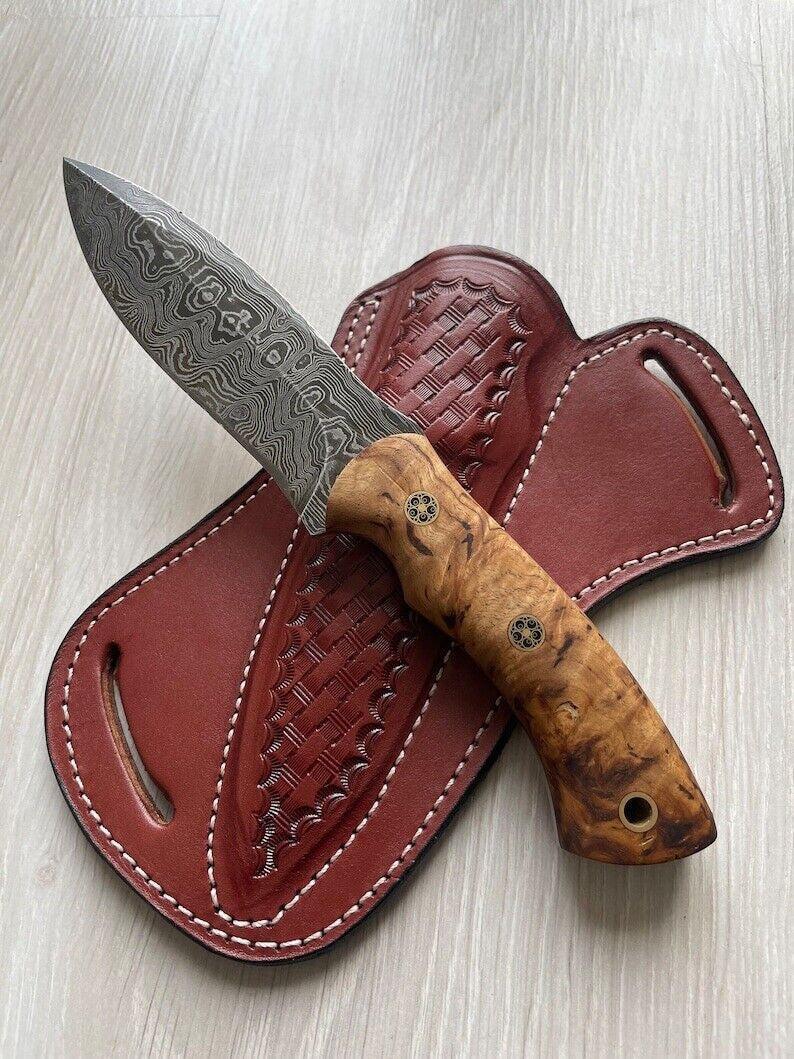
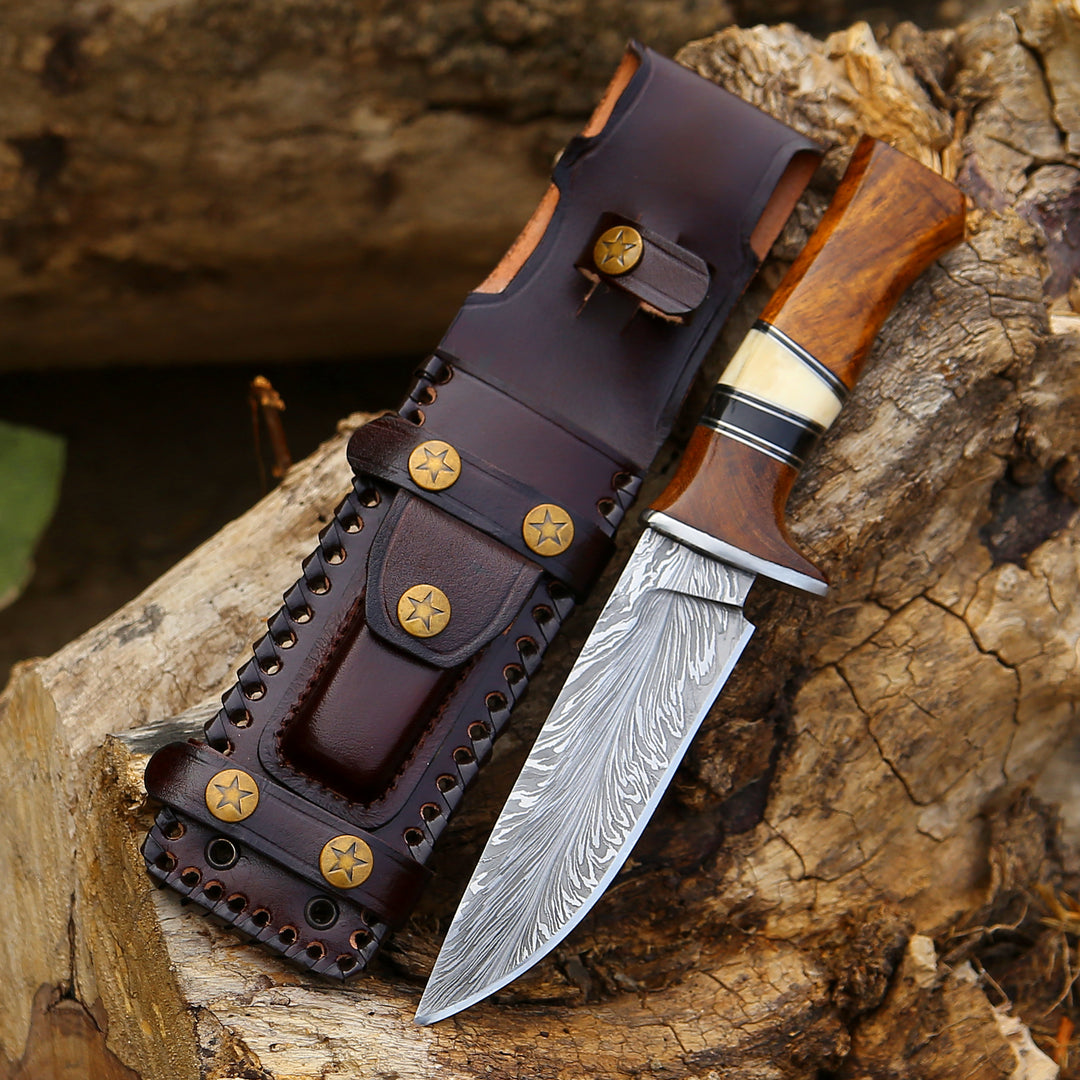
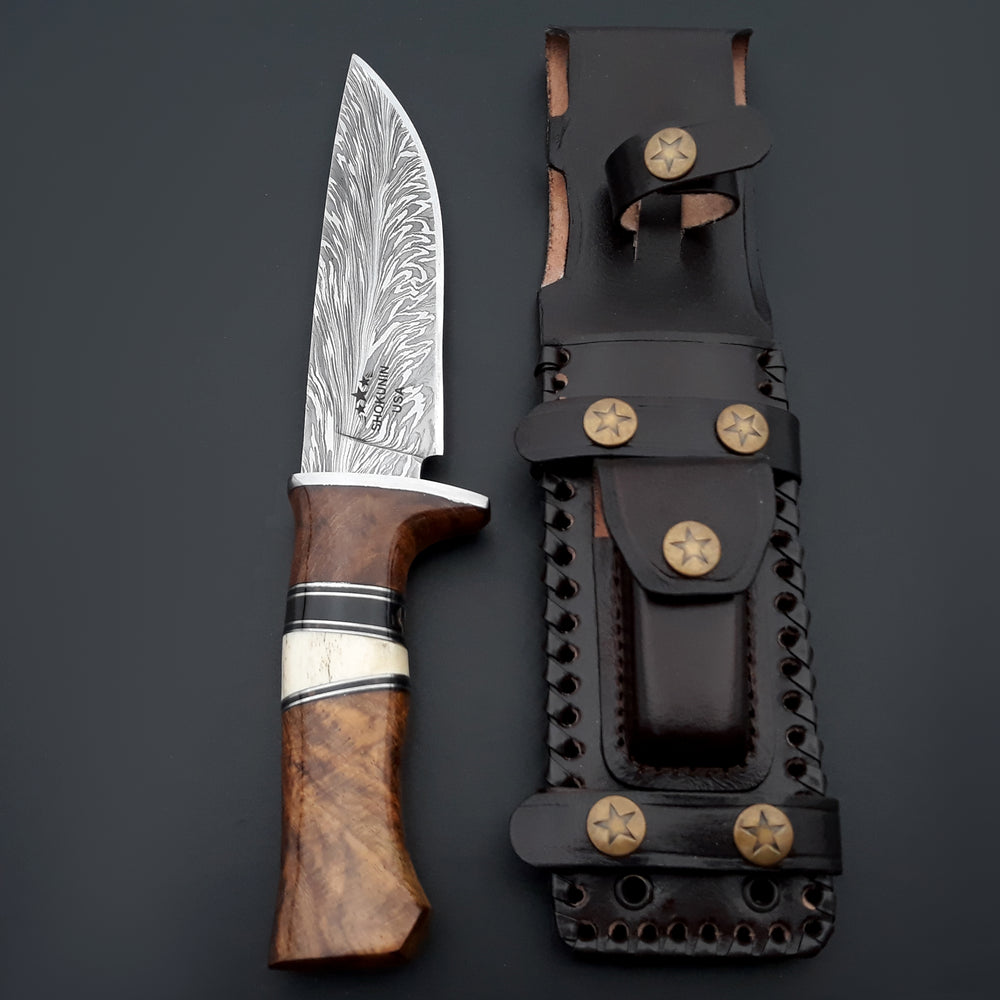
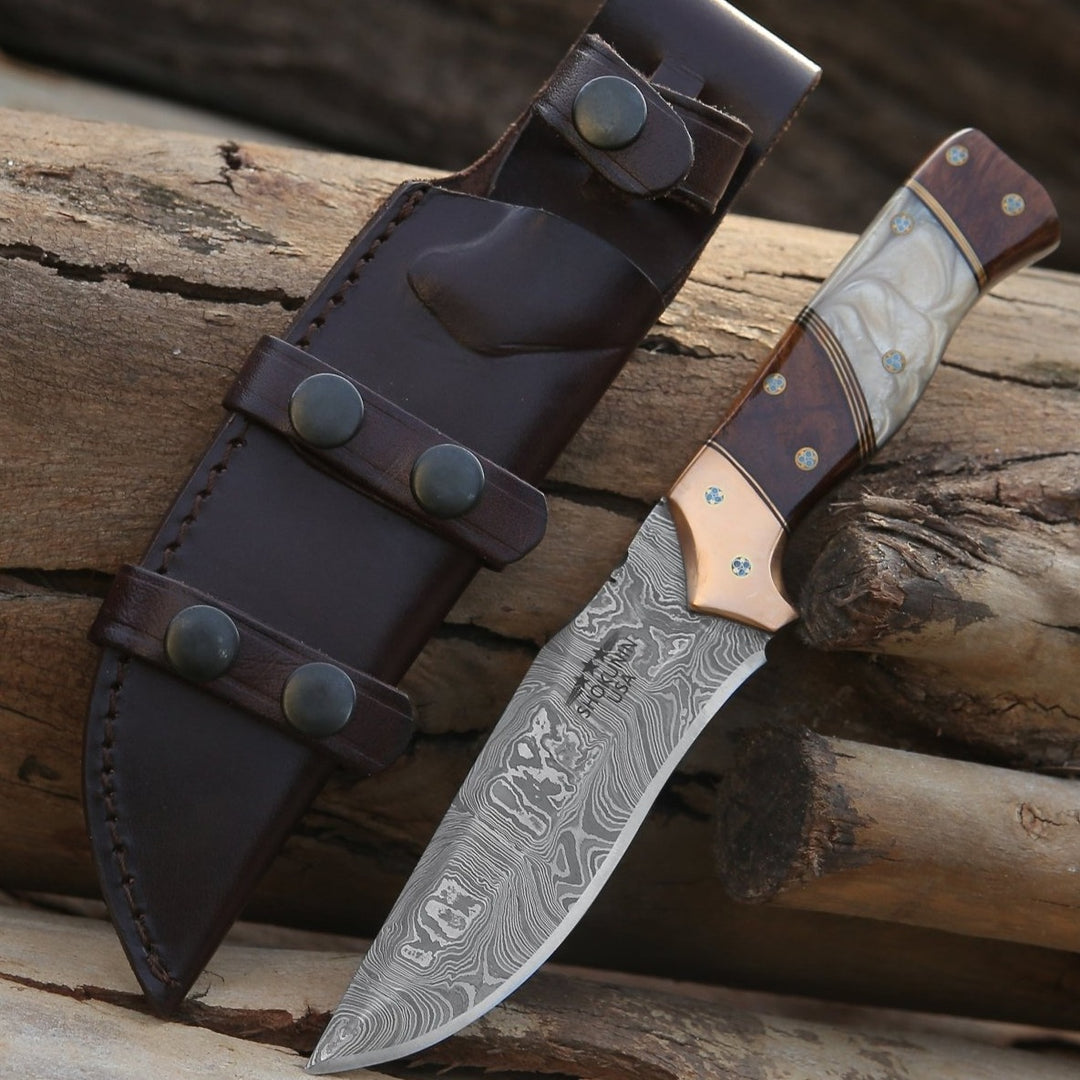
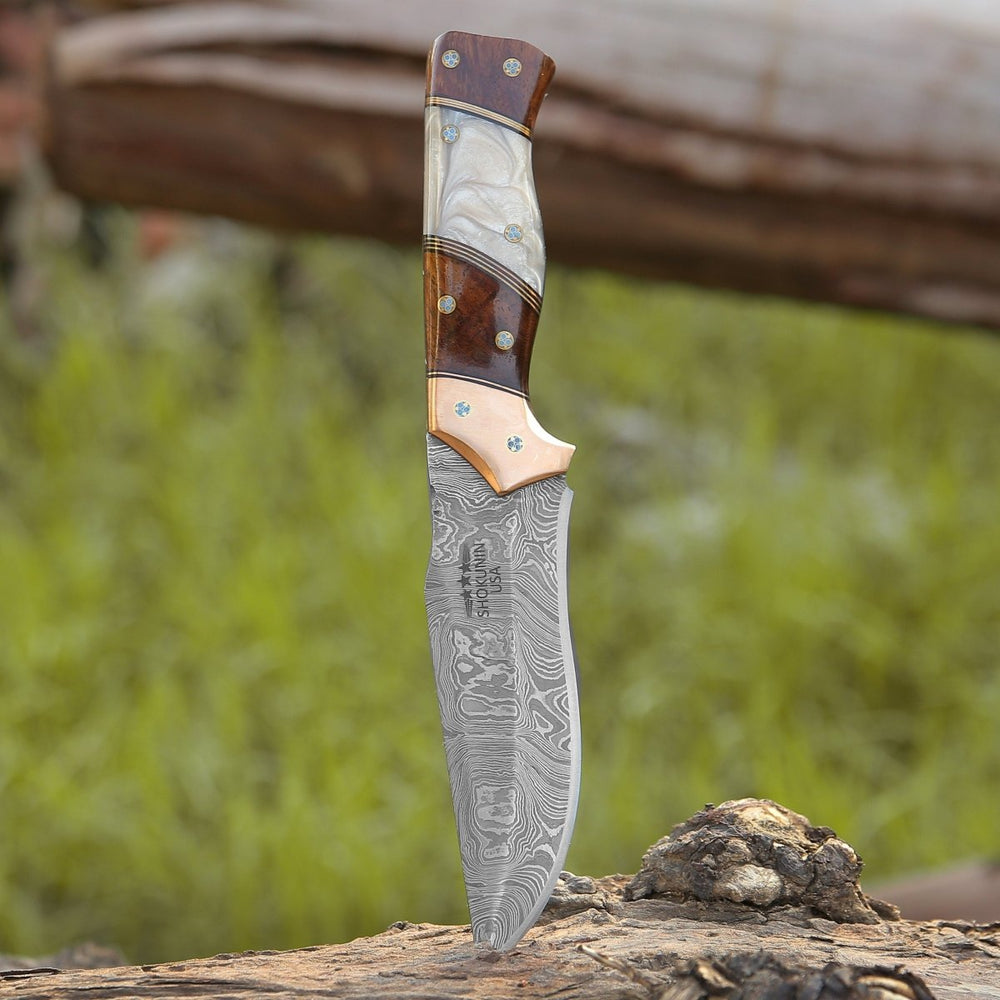
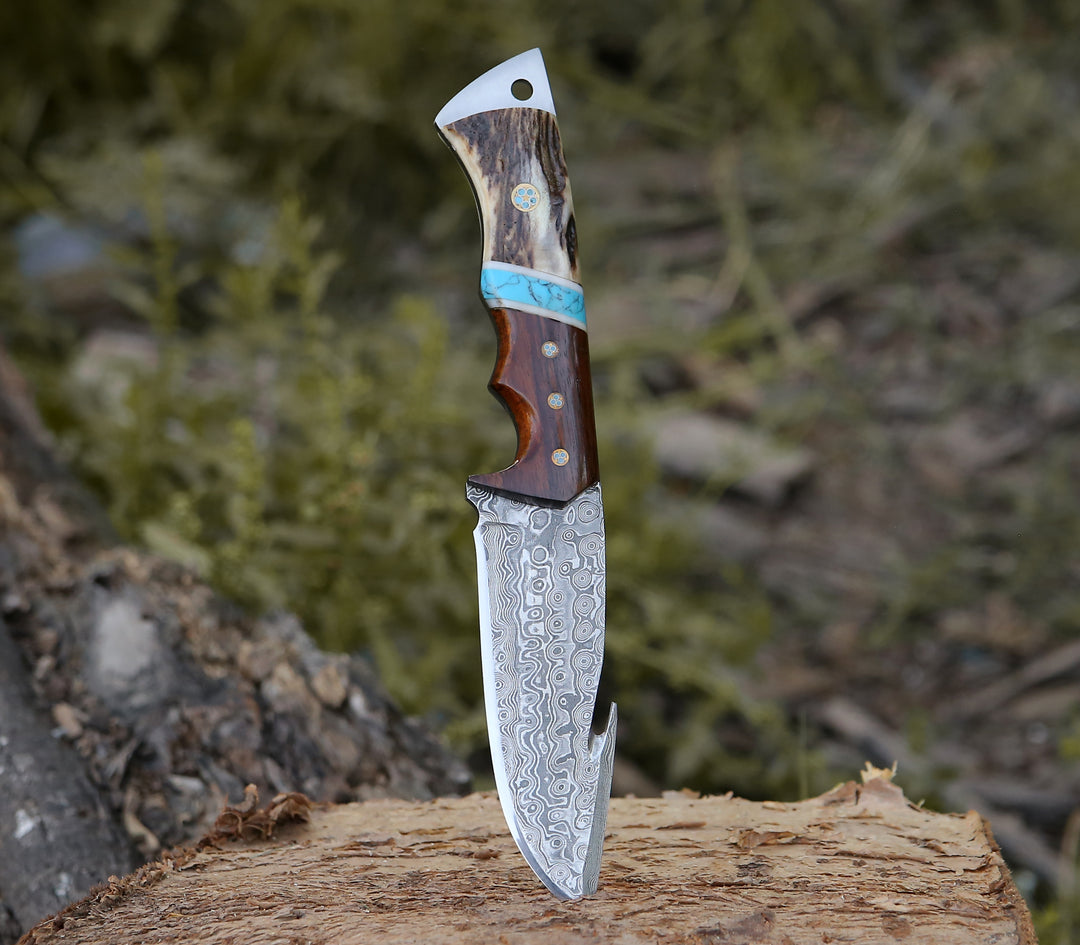
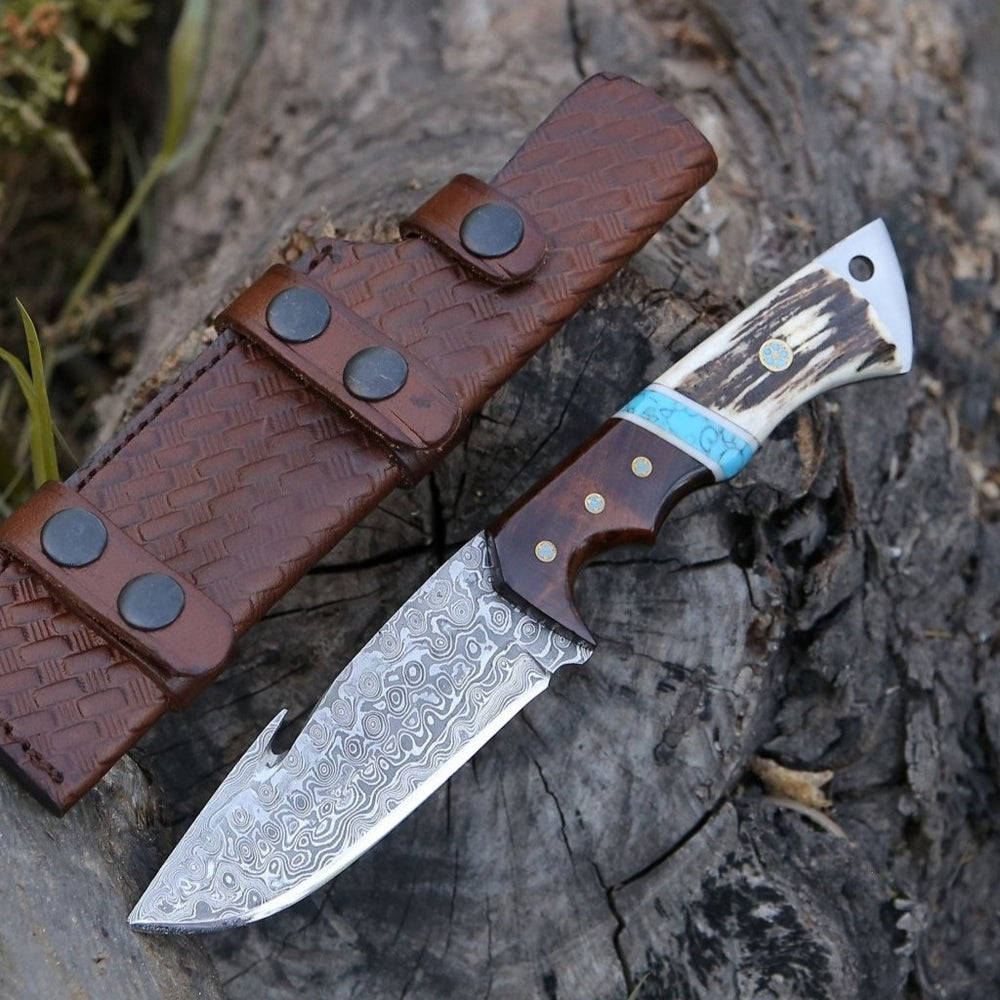
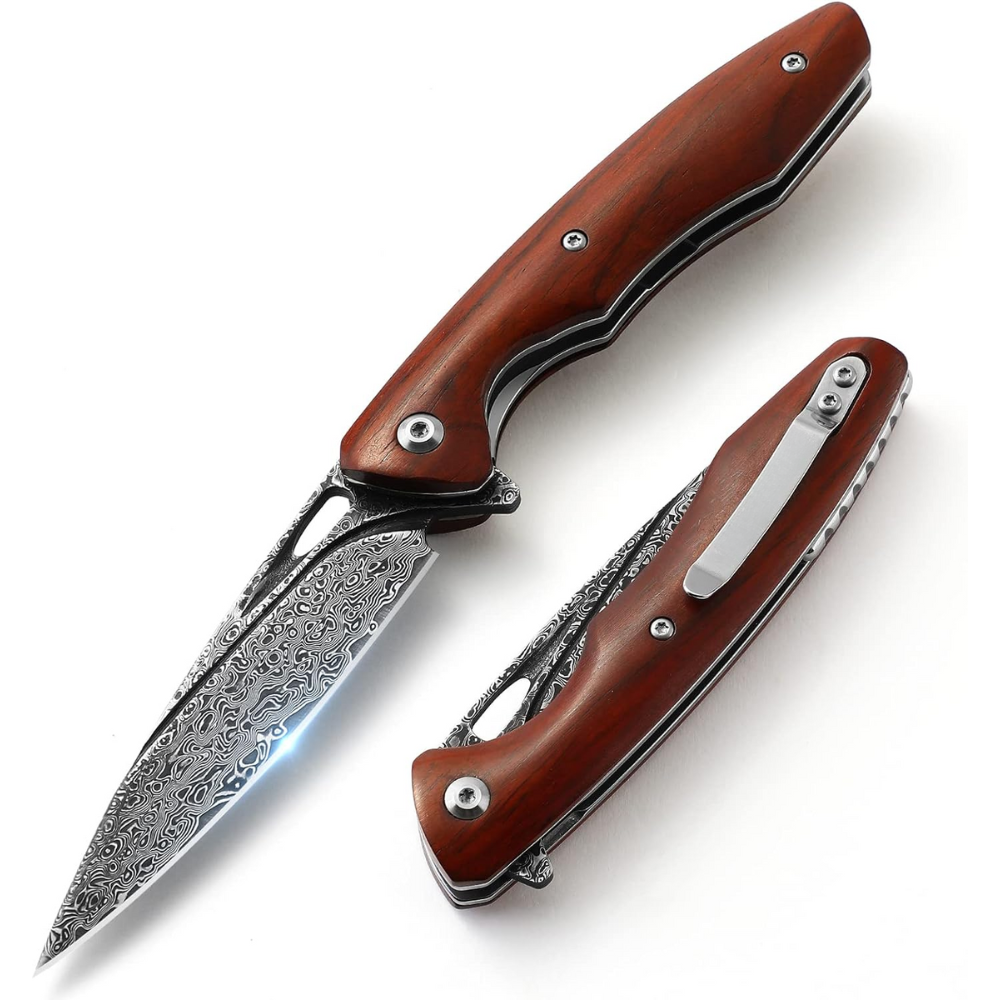

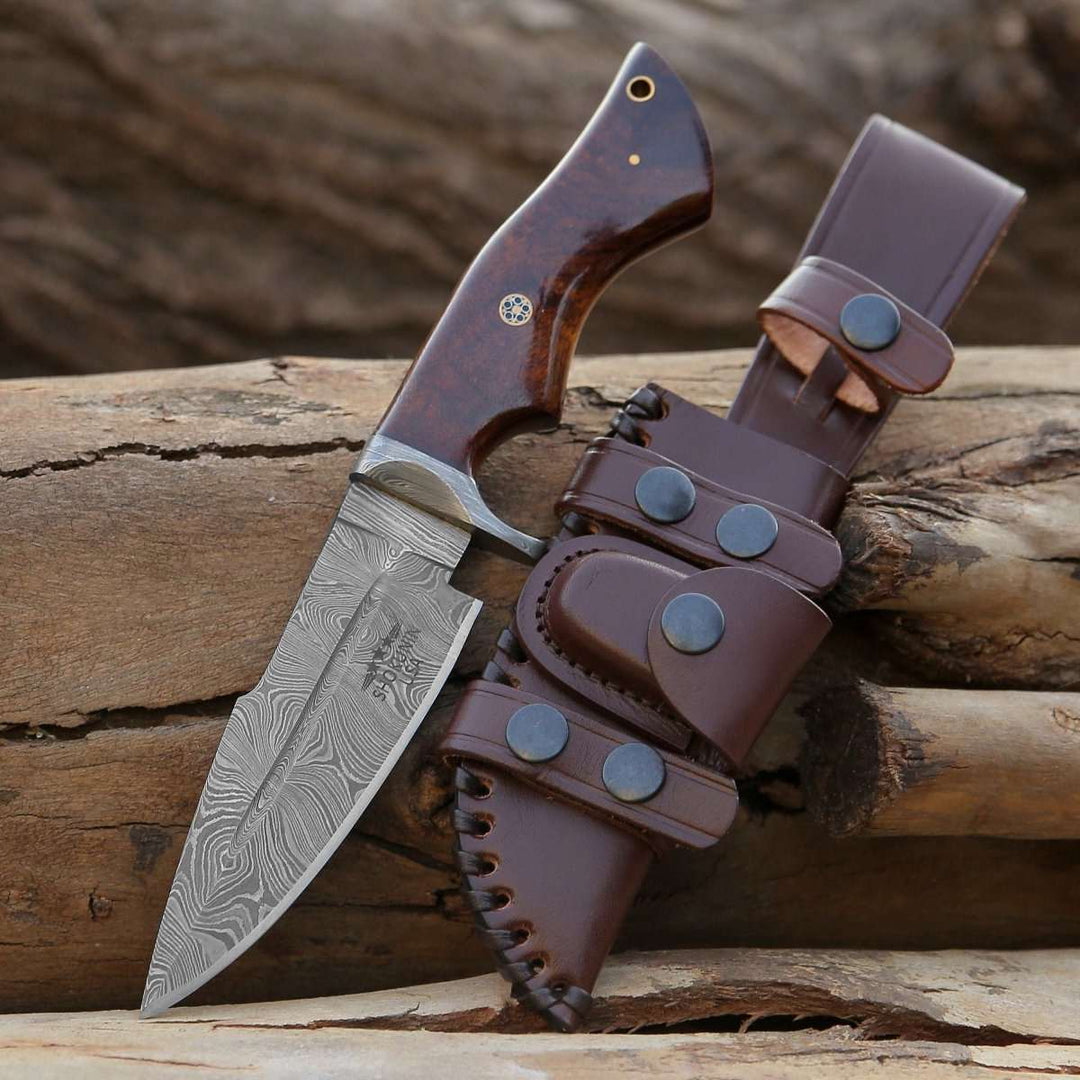
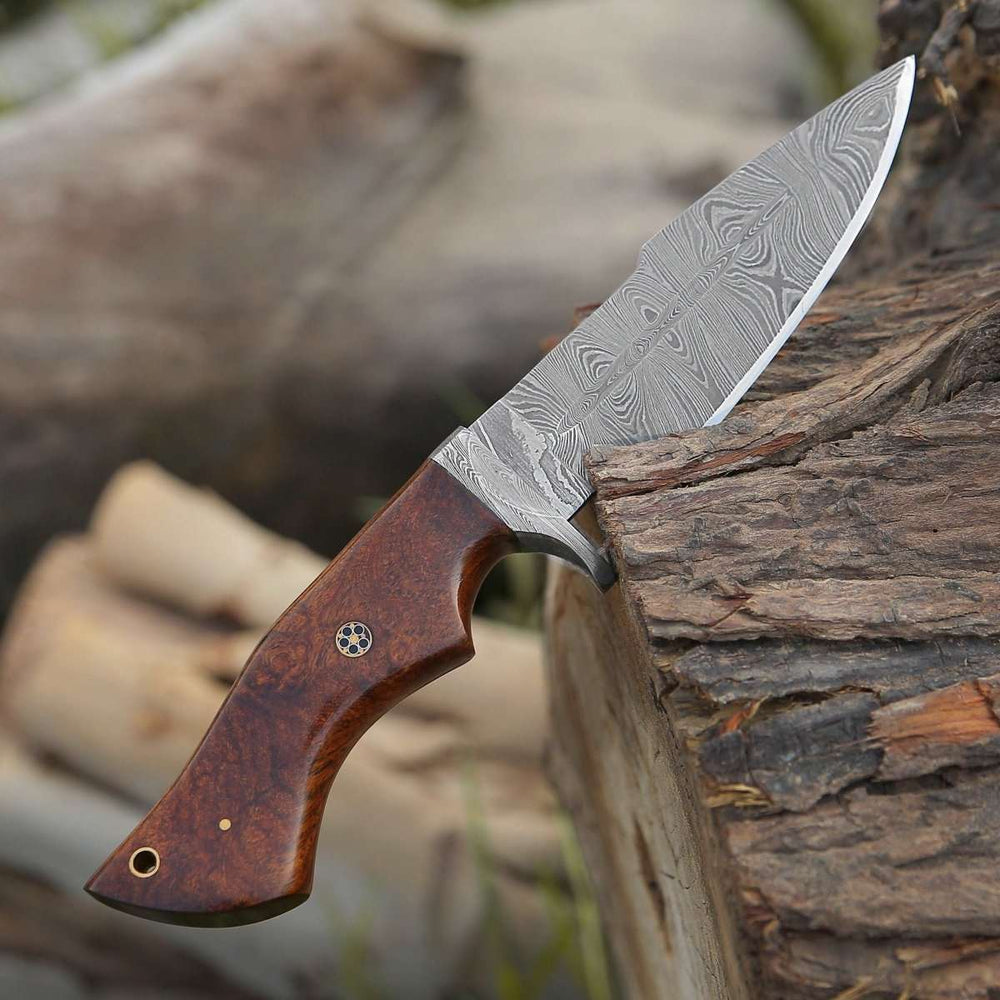
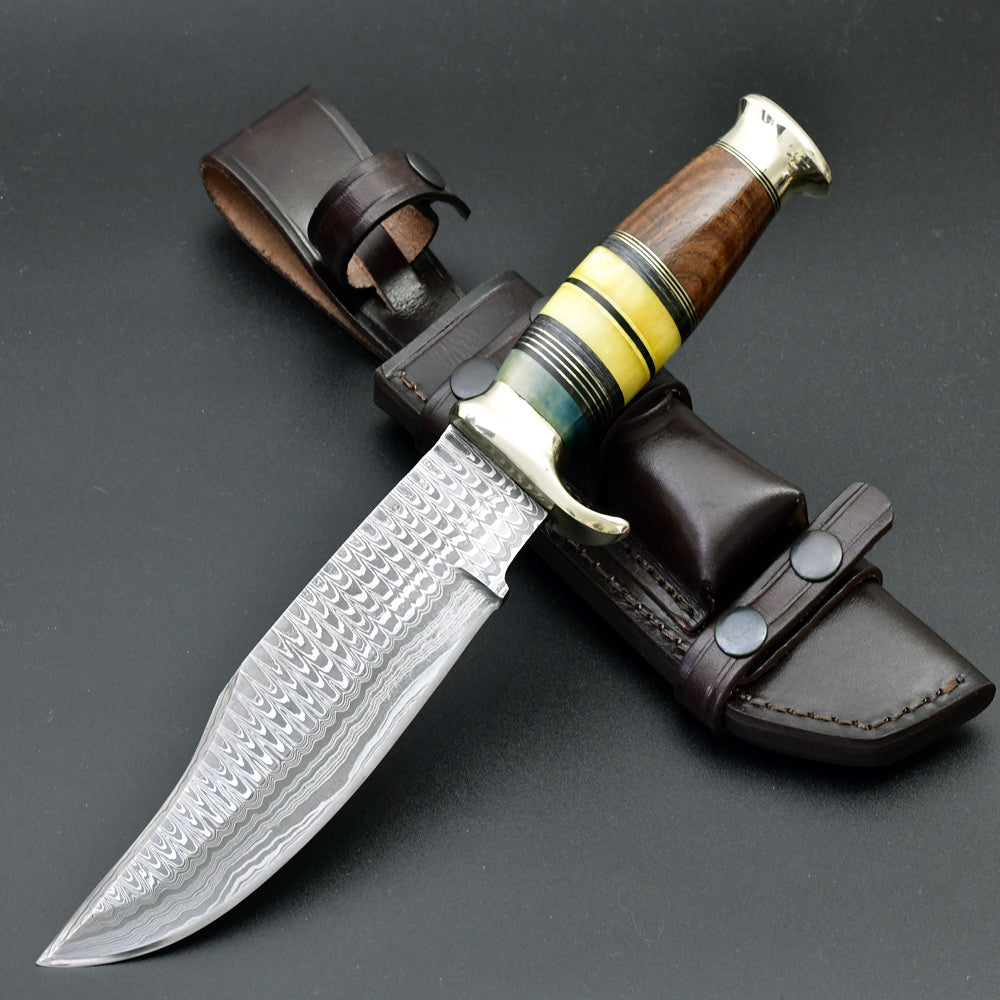
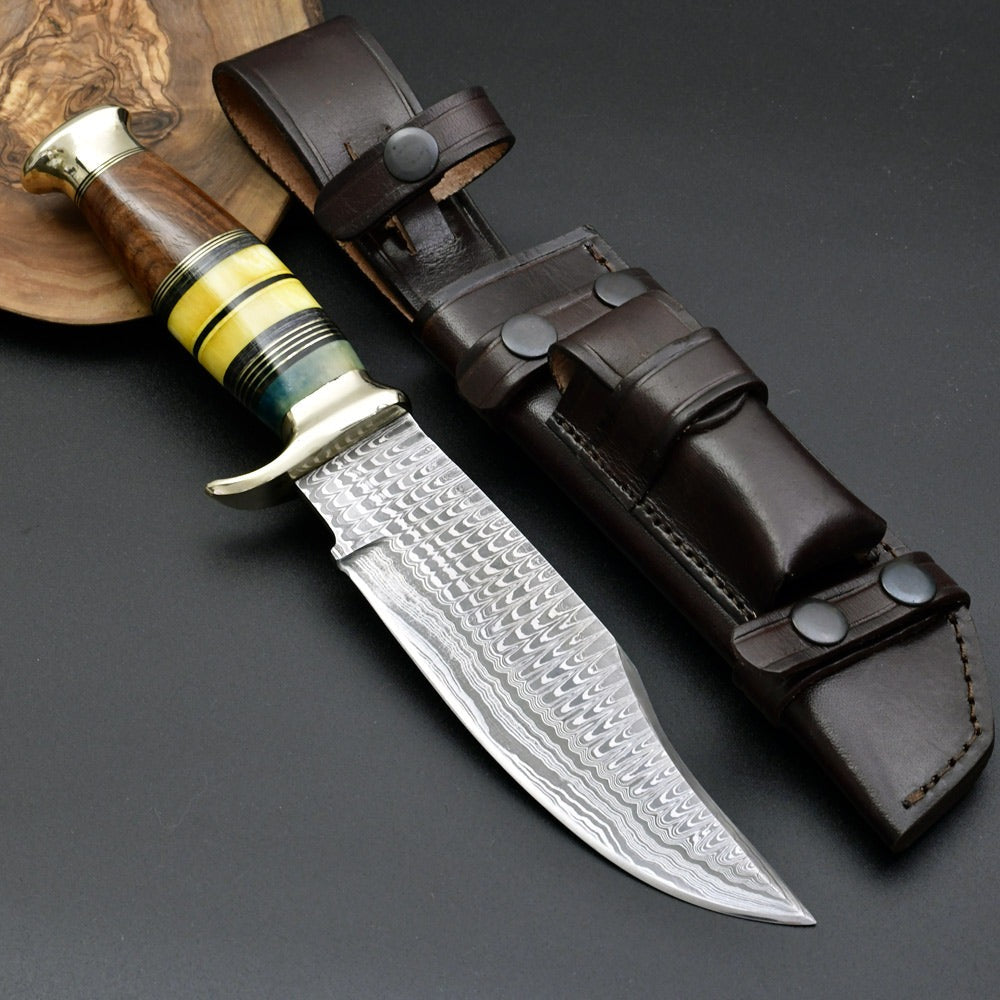
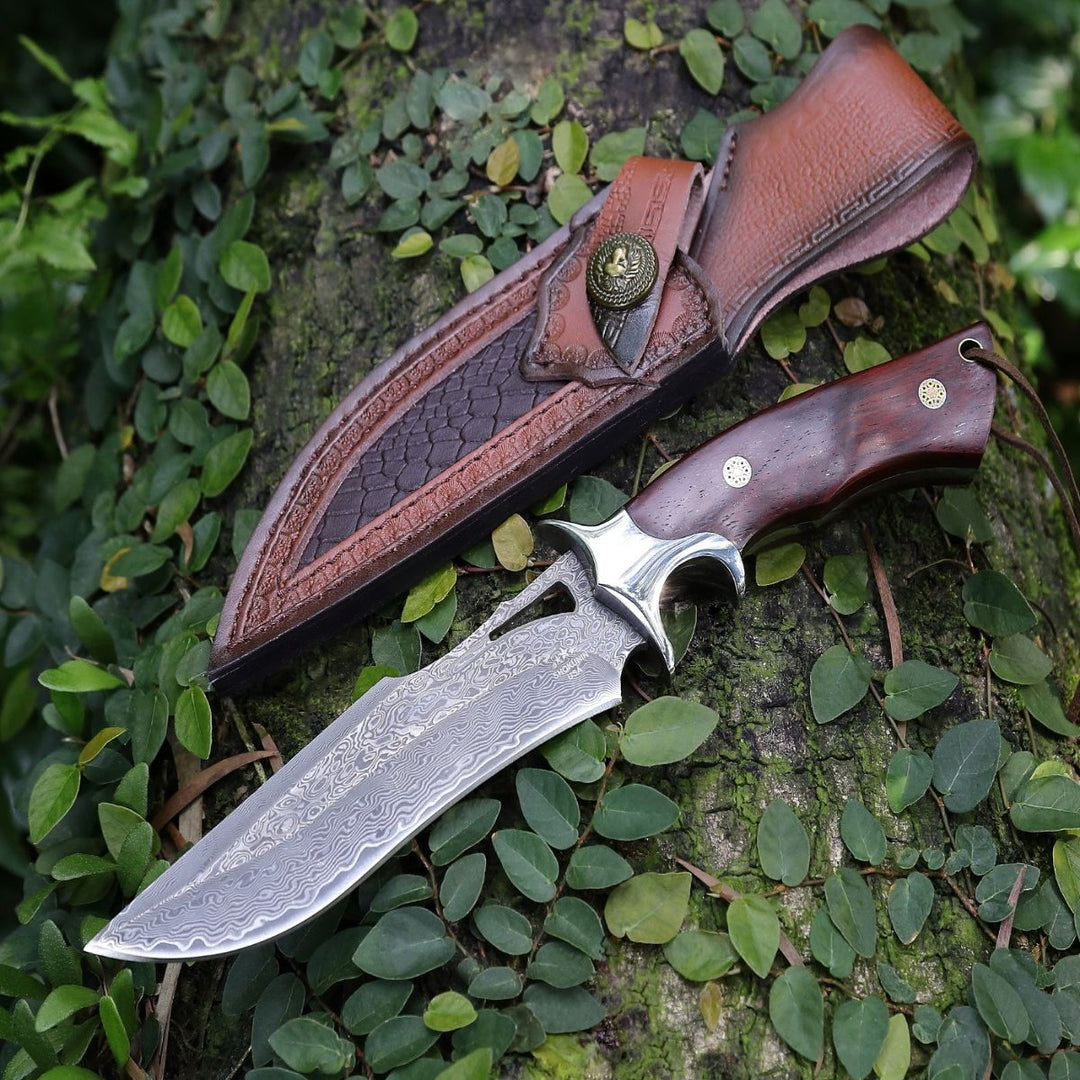
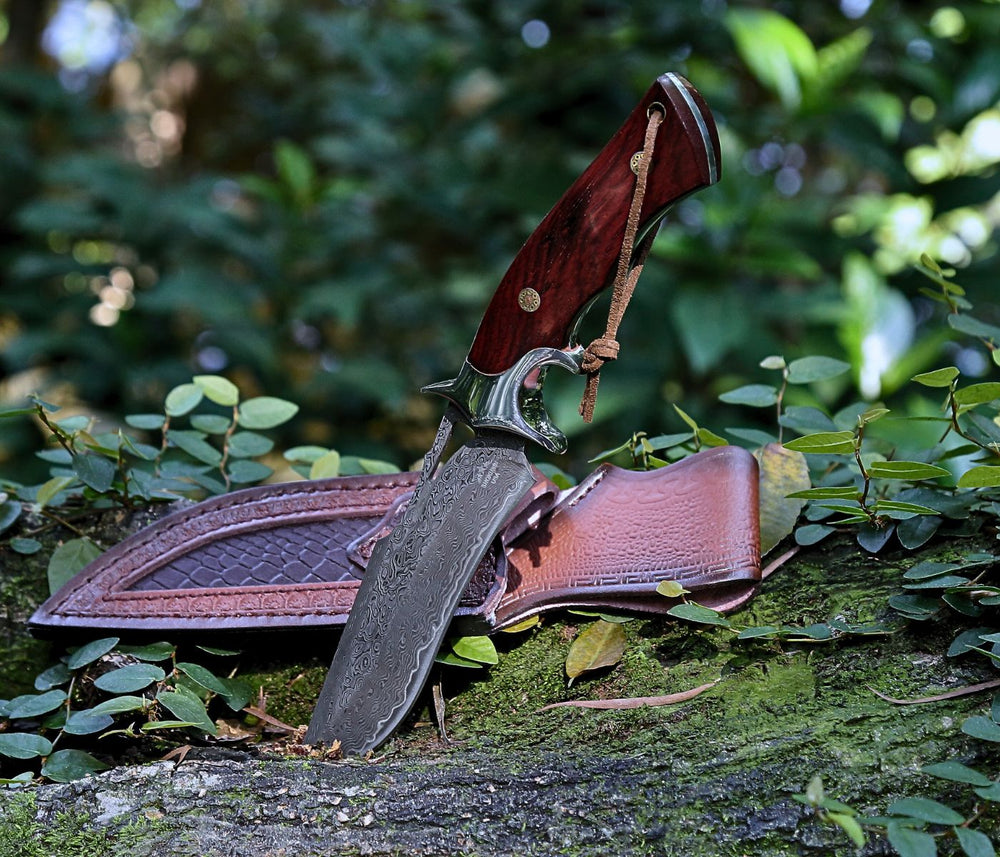
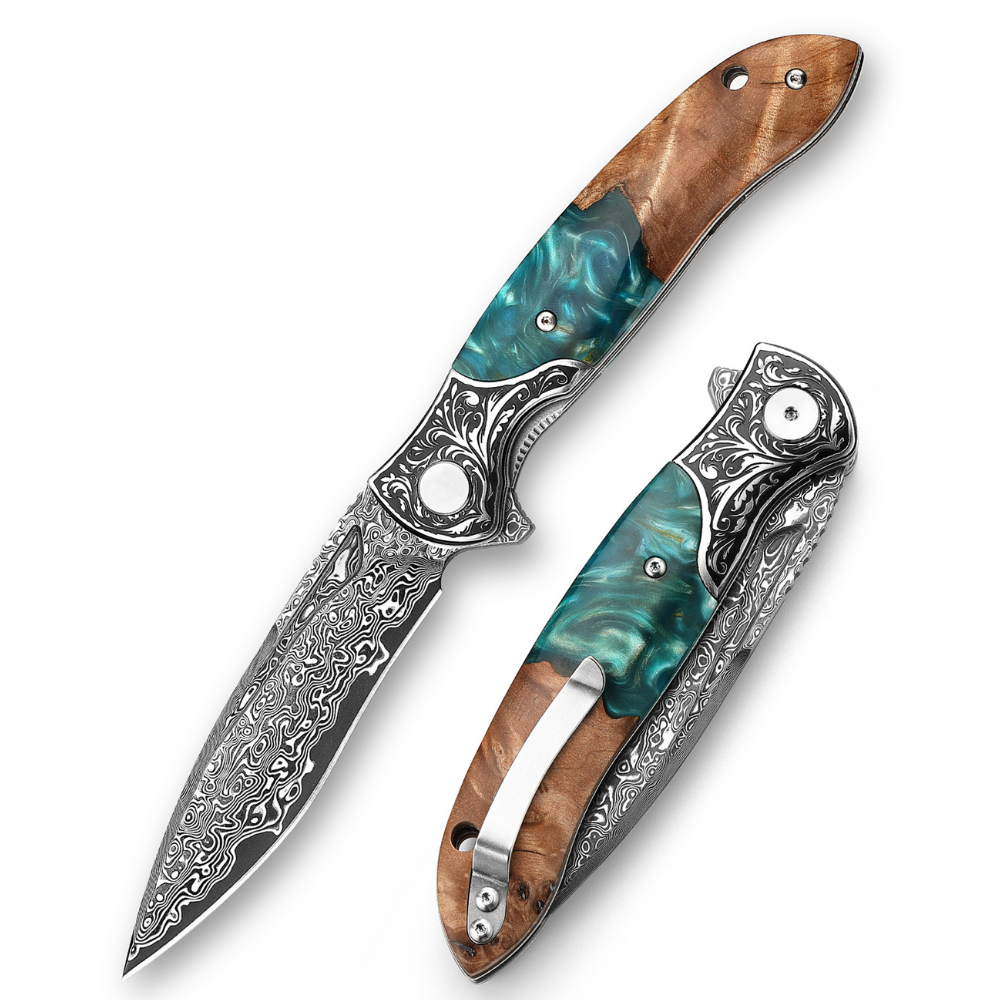
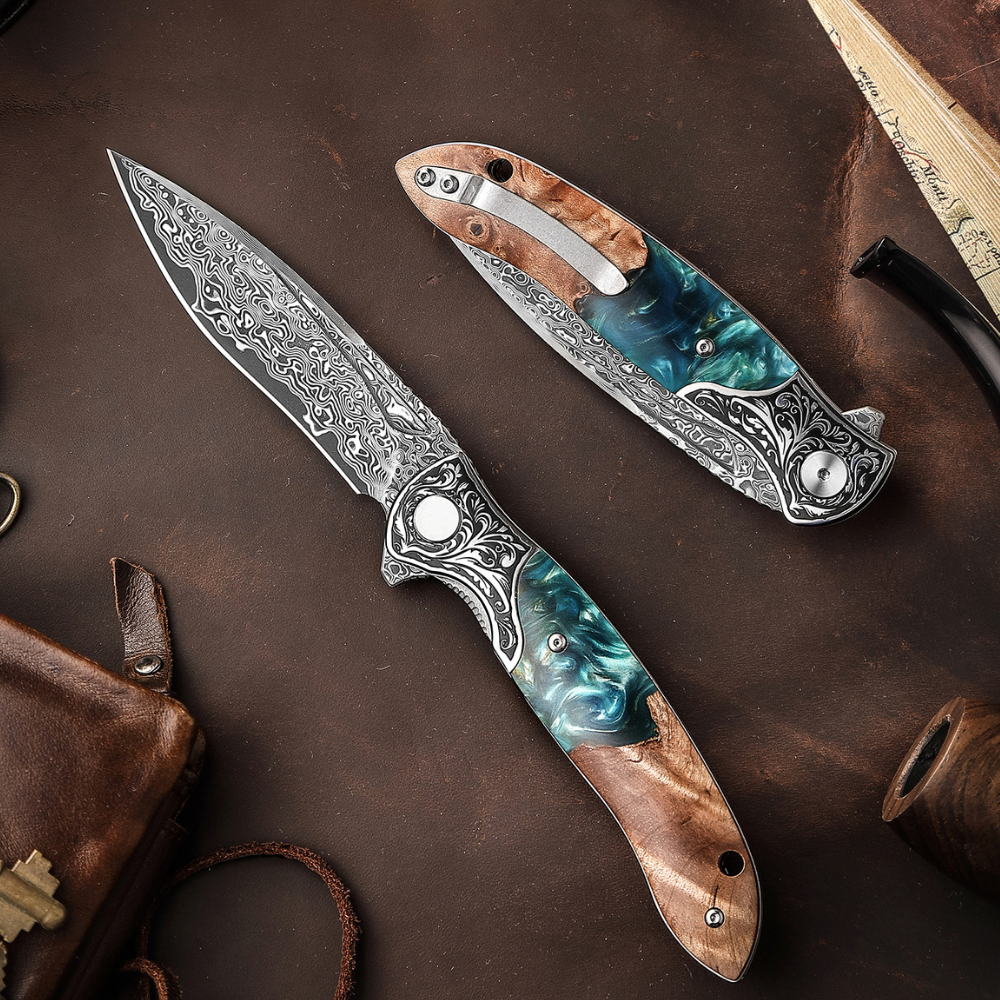
Leave a comment